The film threads together four stories, taking us into the life of a stressed-out Mohawk stockbroker in Manhattan; a young Inupiat girl sent to live with her grandmother in Barrow, Alaska; a Navajo gang member who must find his core values in his reservation on the mesas of New Mexico; and a Quechua healer in Peru, attempting to save a sick child. Each story explores what it means to belong to a specific community.
Related Movies

Dances with Wolves (1990)
Wounded Civil War soldier John Dunbar tries to commit suicide—and becomes a hero instead. As a reward, he's assigned to his dream post, a remote junction on the Western frontier, and soon makes unlikely friends with the local Sioux tribe.
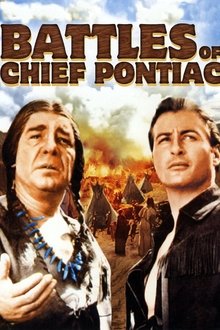
Battles of Chief Pontiac (1952)
In pre-Revolutionary America, the efforts of a Colonial officer trying to broker a peace deal between Indian chief Pontiac and British and American settlers are threatened by the commander of a Hessian mercenary unit who embarks on a campaign of extermination against the Indians.
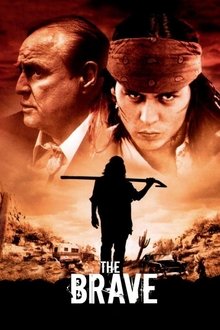
The Brave (1997)
A down-on-his-luck American Indian recently released from jail is offered the chance to "star" as the victim of a snuff film, the resulting pay of which could greatly help his poverty stricken family.
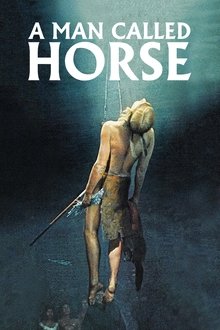
A Man Called Horse (1970)
In 1825, English peer Lord John Morgan is cast adrift in the American West. Captured by Sioux Indians, Morgan is at first targeted for quick extinction, but the tribesmen sense that he is worthy of survival. He eventually passes the many necessary tests that will permit him to become a member of the tribe.

The New World (2005)
A drama about explorer John Smith and the clash between Native Americans and English settlers in the 17th century.

The Pit and the Pendulum (1964)
A haunting short version of Edgar Allan Poe's famous story about a cruel and unusual punishment inflicted on a victim of the Spanish Inquisition...
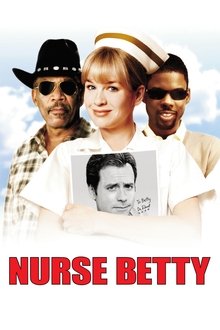
Nurse Betty (2000)
What happens when a person decides that life is merely a state of mind? If you're Betty, a small-town waitress and soap opera fan from Fair Oaks, Kansas, you refuse to believe that you can't be with the love of your life just because he doesn't really exist. After all, life is no excuse for not living. Traumatized by a savage event, Betty enters into a fugue state that allows -- even encourages -- her to keep functioning... in a kind of alternate reality.
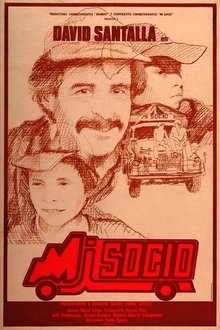
My Partner (1982)
The story of an improbable friendship and a social comment on life in Bolivia in the eighties.
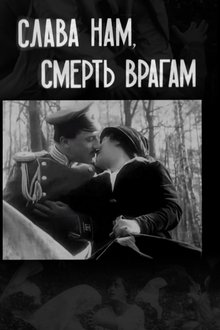
Glory to Us, Death to the Enemy (1914)
This 1914 drama set in the WWI-era relates a heroic act carried out by a war nurse for the Red Cross (Dora Tschitorina) who has witnessed the death of her husband (Ivan Mosjoukine).
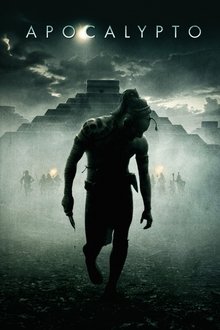
Apocalypto (2006)
Set in the Mayan civilization, when a man's idyllic presence is brutally disrupted by a violent invading force, he is taken on a perilous journey to a world ruled by fear and oppression where a harrowing end awaits him. Through a twist of fate and spurred by the power of his love for his woman and his family he will make a desperate break to return home and to ultimately save his way of life.
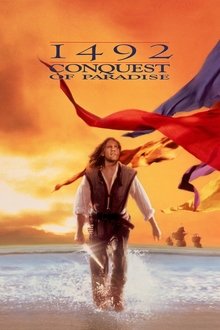
1492: Conquest of Paradise (1992)
1492: Conquest of Paradise depicts Christopher Columbus’ discovery of The New World and his effect on the indigenous people.
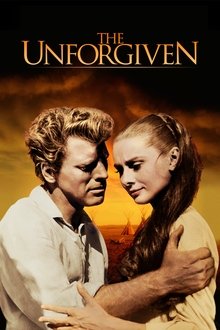
The Unforgiven (1960)
The neighbors of a frontier family turn on them when it is suspected that their beloved adopted daughter was stolen from the Kiowa tribe.
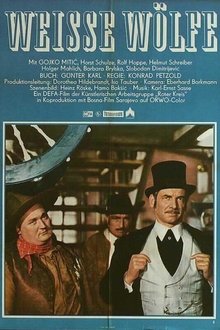
White Wolves (1969)
Farsighted Falcon, chief of the Lakota, seeks refuge in the Black Hills with his wife Blue Hair and two warriors, sole survivors of their tribe. When they are attacked by the outlaw Bashan, Falcon strikes out for the town of Tanglewood to take on Bashan's boss, mining magnate Harrington.

Awaiting Her (2010)
A day in the life of a shoe shine boy, an international economist and a sex worker. It is about women. The ones out there, or lack of. The ones inside us, or lack of. In this world of men, we are still awaiting her.

Butterflies Do Not Drink Coffee (2009)
Pierre is a very shy man in his sixties, with no family or friends and who just retired. What will he do now?

Oli's Wedding (2009)
Alone in his kitchen in Bucharest, Dorel prepares for what seems to be a party. Actually, it’s his son’s wedding which takes place in the United States. Dorel is going to watch the wedding through a webcam, together with two of his son’s friends. On a small screen, they are about to meet the bride and her father, and witness the ceremony.

